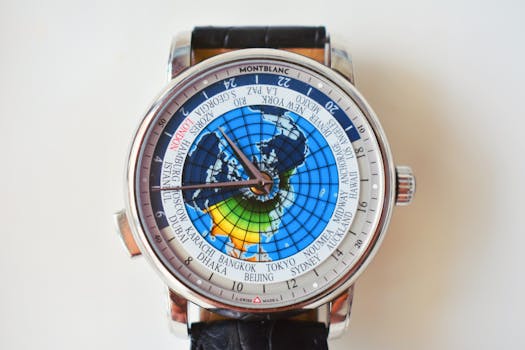Traveling Through Time: How Europe’s Historical Heritage Shapes Modern Lifestyles in 2025
Traveling Through Time: How Europe’s Historical Heritage Shapes Modern Lifestyles in 2025. Europe, with its vast and diverse history, has always been a fascinating continent to explore. From the ancient ruins of Greece and Rome to the modern cities of Paris and Berlin, Europe’s historical heritage is a treasure trove of cultural, artistic, and architectural riches. In this article, we will explore how Europe’s historical heritage continues to shape modern lifestyles in 2025, and what this means for travelers and locals alike.
Introduction to Europe’s Historical Heritage
Europe’s historical heritage is a complex and multifaceted phenomenon that has been shaped by countless events, movements, and cultural exchanges over the centuries. From the Renaissance to the Enlightenment, and from the Industrial Revolution to the modern era, Europe’s history has been marked by periods of great creativity, innovation, and transformation. Today, this rich heritage can be seen in the continent’s stunning architecture, vibrant art scene, and rich cultural traditions.
The Impact of Historical Heritage on Modern Lifestyles
So, how does Europe’s historical heritage shape modern lifestyles in 2025? The answer lies in the many ways in which the past continues to influence the present. For example, many of Europe’s cities are still defined by their historical architecture, from the medieval streets of Prague to the baroque palaces of Vienna. This architectural heritage not only provides a unique and charming backdrop for modern life but also influences the way people live, work, and interact with one another.
Preserving Historical Heritage for Future Generations
As we look to the future, it is essential that we preserve Europe’s historical heritage for generations to come. This requires a delicate balance between conservation and innovation, as we seek to protect the past while also embracing the challenges and opportunities of the present. By doing so, we can ensure that Europe’s historical heritage continues to inspire, educate, and enrich our lives, and that its legacy endures for centuries to come.
Conclusion
In conclusion, Europe’s historical heritage is a vital part of the continent’s identity and a key factor in shaping modern lifestyles in 2025. By exploring and understanding this heritage, we can gain a deeper appreciation for the complexities and nuances of European culture, and develop a greater sense of connection to the people and places that have shaped our world.






